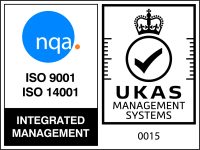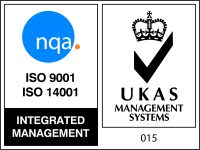Disinfecting: When, Why and How?

When to Disinfect: Timing and Techniques When it comes to disinfection, there is no silver bullet. Rather, a professional cleaner understands that this is a process that relies not just on a product-based solution, but on a careful, consistent regimen. Indeed, the key to any disinfection routine is not only understanding how to disinfect, but […]
Spot the Difference: Antibacterial, Sanitising and Disinfectant Wipes
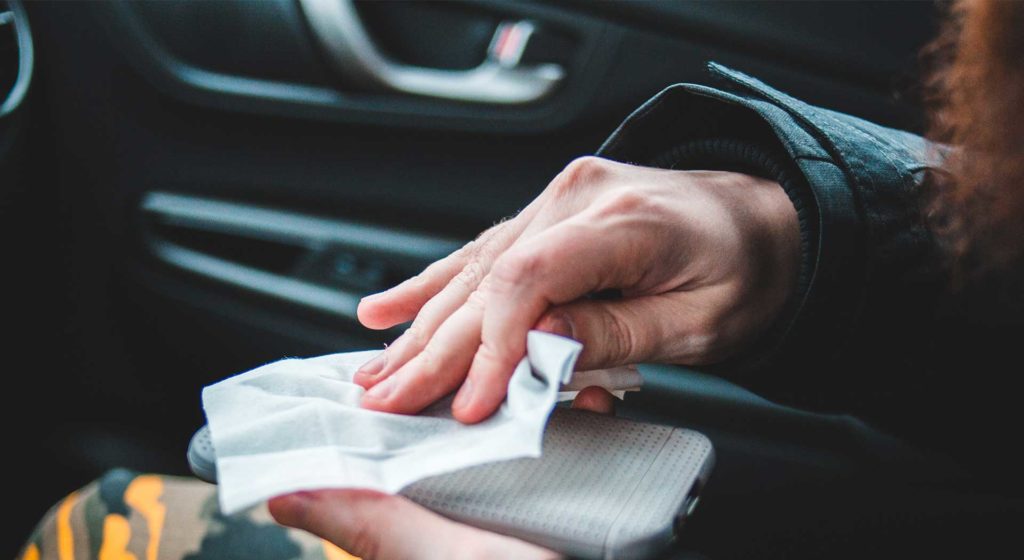
Antibacterial, sanitising, and disinfectant wipes. What’s the difference? People use wet wipes to clean an array of surfaces, from toilets to tables. Unless you’ve been self-isolating the entire year, you’ve likely seen them being used frequently. But do they all have the same effect? If you look around, you’ll notice wipes in various categories. Antibacterial, […]
What is a Method Statement?
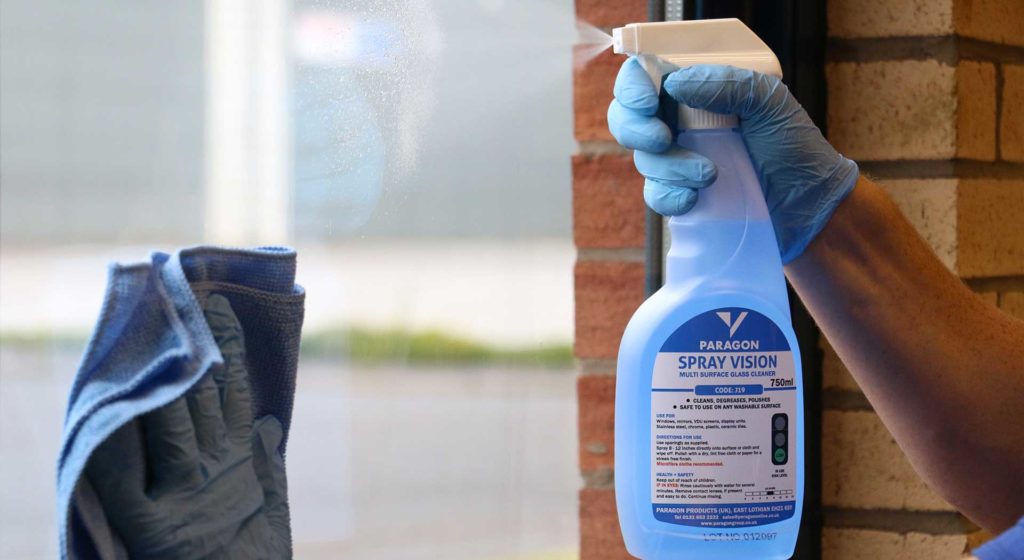
What is a Method Statement? From trips, slips and falls to exposure to bodily fluids and chemicals, risk is inherent in the role of a professional cleaner. While it is not possible to entirely remove that element of risk, it is possible to mitigate it through proper health and safety procedures. When it comes to […]
CLP: Everything Cleaners Need to Know
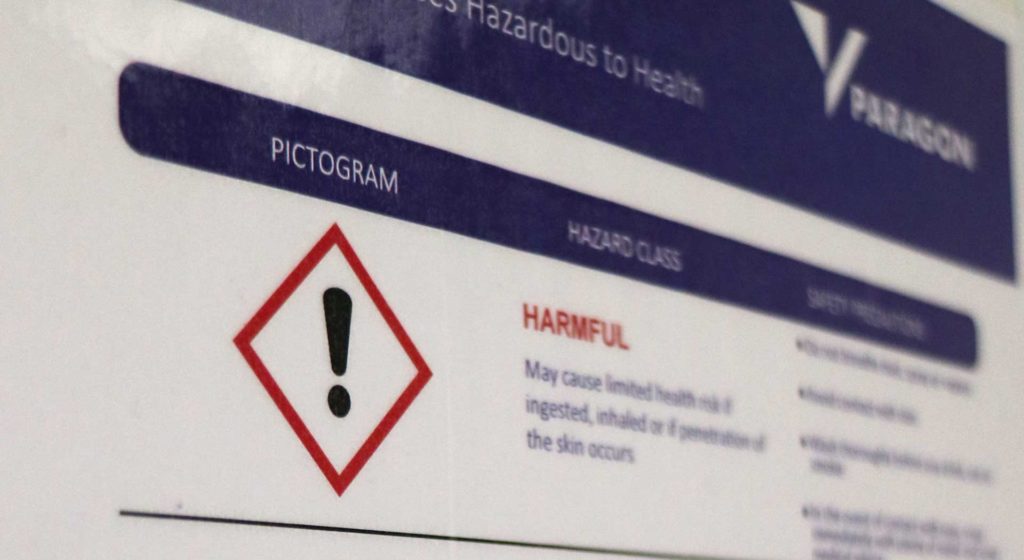
What Cleaning Staff Should Know About CLP Brought into existence by the European Union (EU) in 2008, the bloc’s Classification, Labelling and Packaging (CLP) Regulation is aimed at protecting the health of all who are exposed to certain chemical products and at safeguarding the wider environment from any damage caused by exposure to these chemicals. […]
A Cleaner’s Guide to the pH Scale
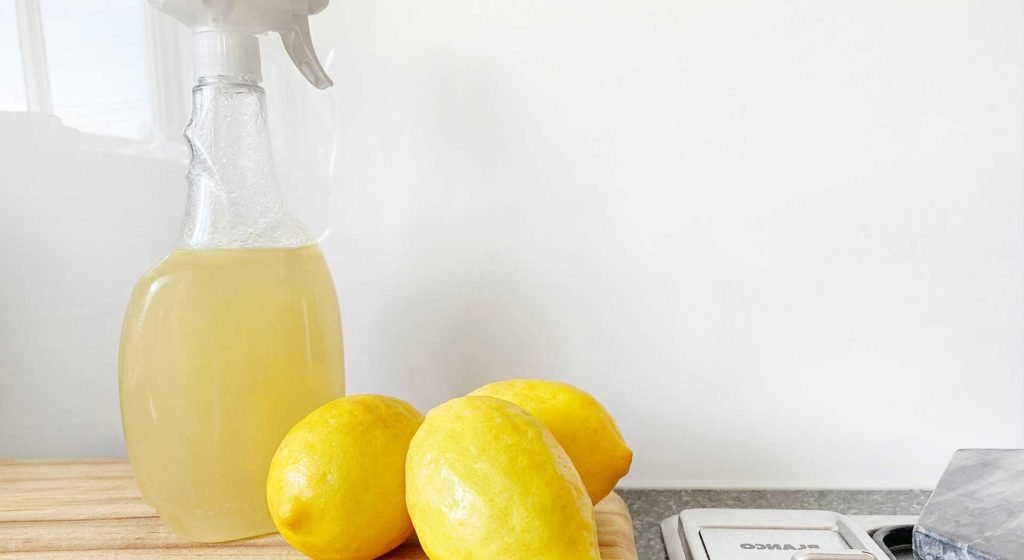
A Cleaner’s Guide to the pH Scale More than anything else, cleaning is an act of science. A well-informed professional knows how and when to deploy specific products to achieve the best results. But behind this knowledge lies an understanding of the pH scale and how it can be used as an effective and powerful […]
Product Dilution: Why is it Important?
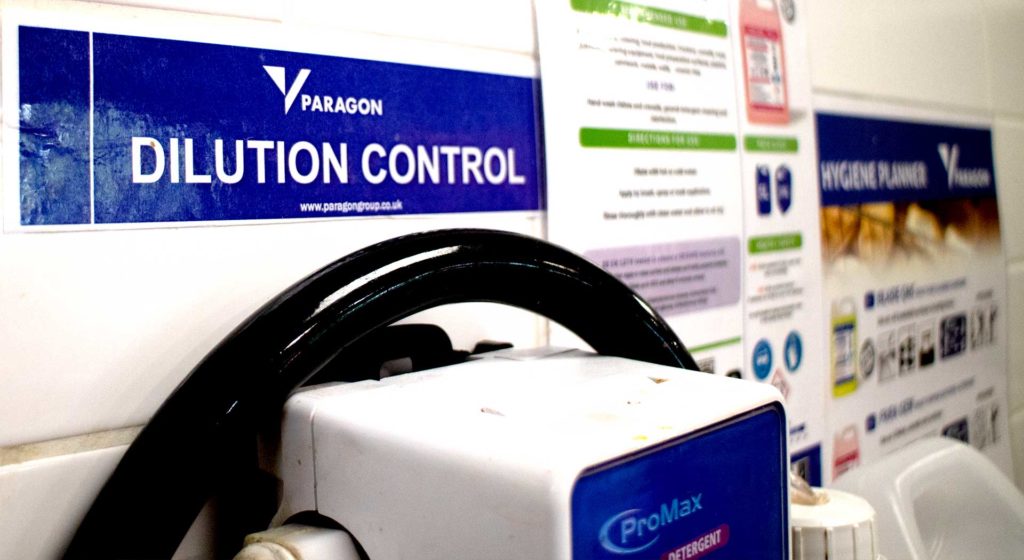
The Importance of Product Dilution: Impact on Performance, Efficiency, Cost and Safety The proper use of chemical cleaning products and solutions is part and parcel of a cleaner’s role. This, of course, includes understanding the finer points of product dilution. When undertaken carefully and correctly, this process offers considerable benefits to both cleaning staff and […]
The Importance of Colour-Coded Cleaning
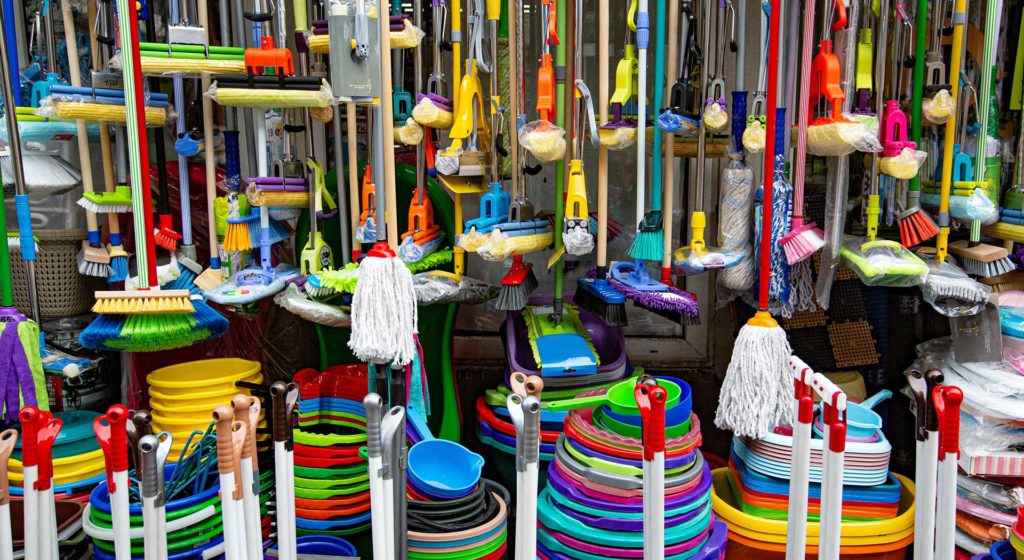
The Importance of Colour-Coded Cleaning Guidelines and rules set by the FSA exist to ensure your business is safe and hygienic. Since 2006, the FSA has recommended separating cleaning implements as good practice. One way to ensure separation is by colour coding your equipment. It’s not compulsory to use a colour coded system outside healthcare. […]
Scents for Spaces: Different Ways to Deploy Fragrances
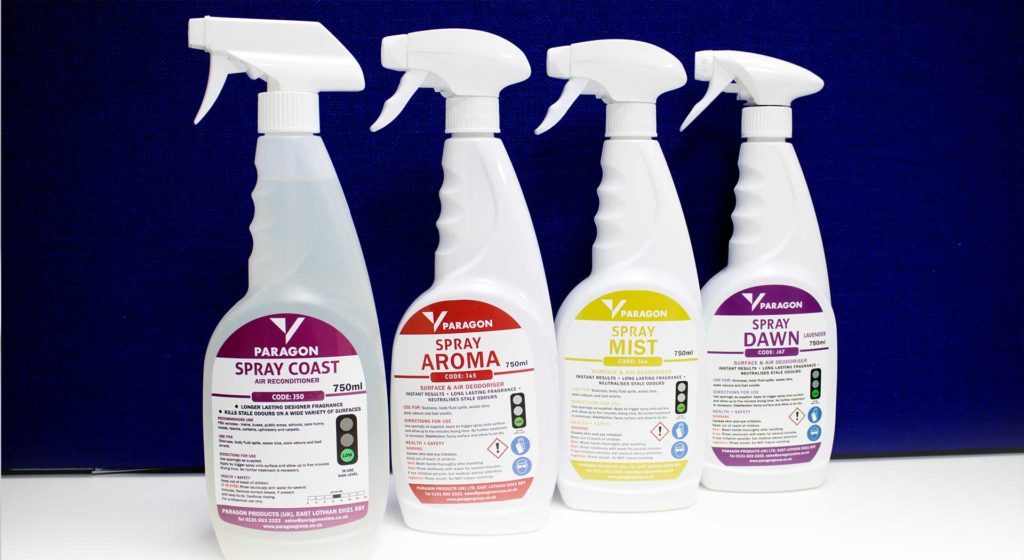
Scents for Spaces: Different Ways to Deploy Fragrances Far from being an added luxury, the use of scent and fragrance is increasingly seen as an integral step in the wider cleaning process. Scents and smells, of course, have a strong impact on the overall perception of a space and a seasoned cleaner will know exactly […]
Rock Salt, Calcium Chloride and Urea: Everything You Need to Know
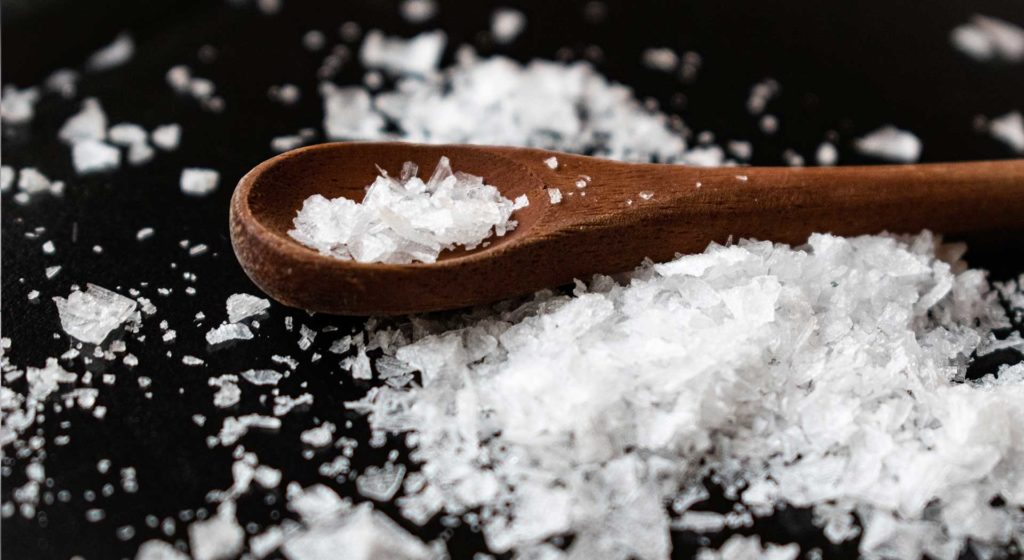
Rock Salt, Calcium Chloride and Urea: How to Mitigate Damage in the Carriage from These Common De-icers With snow and ice posing a perennial hazard to public areas, de-icers are a necessity in keeping roads and pavements safe. As commonly used de-icing substances, rock salt, calcium chloride and urea prills or pellets are all effective […]
Pigeon Droppings: The Risks for Cleaning Professionals

Pigeon Droppings: The Risks for Cleaning Professionals Though unsightly in and of themselves, pigeon droppings can also pose a potential health hazard to those who attempt to clean them. Psittacosis – a flu-like disease – and salmonella are commonly found in pigeon droppings or guano. In order to mitigate their exposure to these illnesses and […]

